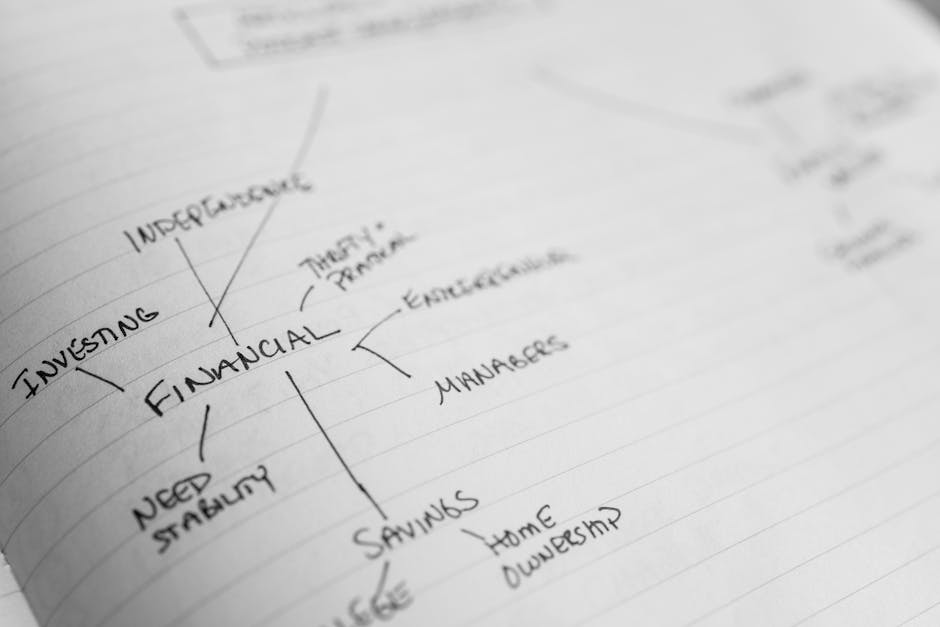How to Build a Frugal Lifestyle: A Comprehensive Guide
1. Understanding the Core Principles of Frugality
Frugality is often misinterpreted as being cheap or stingy. In reality, it’s about mindful spending, prioritizing value, and maximizing resources. It’s not about depriving yourself, but about consciously choosing where your money goes and eliminating unnecessary expenses. The core principles include:
- Value Prioritization: Differentiating between needs and wants, focusing on items and experiences that bring lasting value.
- Resourcefulness: Utilizing existing resources effectively before purchasing new items. This includes repairing, repurposing, and borrowing.
- Mindful Consumption: Being aware of your consumption habits and making conscious choices to reduce waste and overspending.
- Long-Term Thinking: Considering the long-term financial implications of your decisions, prioritizing saving and investing.
- Debt Avoidance: Minimizing debt, as interest payments can significantly impact your financial well-being.
- Sustainability: Embracing eco-friendly practices that often lead to cost savings, such as reducing energy consumption and waste.
2. Tracking Your Spending: The Foundation of Financial Awareness
Before implementing any frugal strategies, you need a clear picture of where your money is going. Track your spending for at least a month, meticulously recording every expense, no matter how small.
- Methods of Tracking:
- Spreadsheet: Create a simple spreadsheet with categories like Housing, Food, Transportation, Entertainment, and Utilities.
- Budgeting Apps: Utilize apps like Mint, YNAB (You Need a Budget), Personal Capital, or PocketGuard for automated tracking and categorization.
- Notebook: A physical notebook can be effective, especially for those who prefer a more tactile approach.
- Analyzing Your Spending:
- Identify areas where you’re overspending.
- Determine essential versus non-essential expenses.
- Look for patterns in your spending habits.
- Calculate your average monthly expenses.
3. Creating a Realistic Budget: A Roadmap to Financial Control
Once you understand your spending habits, create a budget that aligns with your financial goals. A well-crafted budget provides a framework for controlling your spending and ensuring you allocate funds to your priorities.
- Types of Budgets:
- 50/30/20 Budget: Allocates 50% of income to needs, 30% to wants, and 20% to savings and debt repayment.
- Zero-Based Budget: Allocates every dollar of income to a specific category, ensuring that your income minus your expenses equals zero.
- Envelope Budget: Divides cash into envelopes for different spending categories, limiting spending to the amount in each envelope.
- Budgeting Tips:
- Be realistic about your spending habits.
- Prioritize your financial goals.
- Regularly review and adjust your budget as needed.
- Automate your savings to ensure consistent contributions.
4. Mastering Grocery Shopping: Reducing Your Food Bill
Food is a significant expense for most households. Implementing frugal grocery shopping strategies can drastically reduce your food bill without sacrificing nutrition.
- Meal Planning: Plan your meals for the week based on ingredients you already have and items on sale.
- Grocery List: Create a detailed grocery list and stick to it religiously. Avoid impulse purchases.
- Shop Sales and Coupons: Utilize coupons, flyers, and online resources to find deals and discounts.
- Buy in Bulk: Purchase non-perishable items in bulk when they are on sale.
- Reduce Food Waste: Store food properly, use leftovers creatively, and avoid overbuying perishable items.
- Cook at Home: Eating out is significantly more expensive than cooking at home.
- Grow Your Own Food: Consider starting a small garden to grow your own herbs and vegetables.
5. Housing Costs: Finding Affordable Options
Housing is often the largest expense in a budget. Exploring affordable housing options can free up significant resources.
- Downsizing: Consider downsizing to a smaller home or apartment.
- Refinancing Your Mortgage: If interest rates have dropped, consider refinancing your mortgage to lower your monthly payments.
- Negotiate Rent: Negotiate your rent with your landlord, especially if you’re a long-term tenant.
- Rent Out a Room: Consider renting out a spare room to generate additional income.
- Reduce Utility Consumption: Conserve energy and water to lower your utility bills.
6. Transportation Expenses: Minimizing Commuting Costs
Transportation costs can be substantial, especially if you rely on a personal vehicle.
- Public Transportation: Utilize public transportation options such as buses, trains, and subways.
- Carpooling: Share rides with colleagues or neighbors to reduce fuel costs and wear and tear on your vehicle.
- Biking or Walking: Bike or walk whenever possible, especially for short trips.
- Maintain Your Vehicle: Regularly maintain your vehicle to prevent costly repairs.
- Shop Around for Insurance: Compare insurance quotes to find the best rates.
- Consider a More Fuel-Efficient Vehicle: When purchasing a new vehicle, prioritize fuel efficiency.
7. Entertainment and Leisure: Finding Free and Affordable Activities
Entertainment doesn’t have to break the bank. There are many free and affordable activities that can provide enjoyment and relaxation.
- Free Outdoor Activities: Explore parks, hiking trails, and beaches.
- Library: Utilize the library for free books, movies, and other resources.
- Community Events: Attend free community events such as concerts, festivals, and workshops.
- Potlucks and Game Nights: Host potlucks and game nights with friends and family.
- DIY Hobbies: Explore DIY hobbies such as gardening, crafting, or woodworking.
- Take Advantage of Free Museum Days: Many museums offer free admission on certain days or evenings.
8. Debt Management: Eliminating Financial Burdens
Debt can significantly hinder your ability to build a frugal lifestyle. Prioritize debt repayment to free up resources and reduce financial stress.
- Debt Snowball Method: Pay off the smallest debt first, regardless of interest rate, for quick wins and motivation.
- Debt Avalanche Method: Pay off the debt with the highest interest rate first to minimize overall interest payments.
- Balance Transfer: Transfer high-interest credit card balances to a lower-interest card.
- Debt Consolidation Loan: Consolidate multiple debts into a single loan with a lower interest rate.
- Negotiate with Creditors: Contact your creditors to negotiate lower interest rates or payment plans.
9. Healthcare Costs: Strategies for Saving Money
Healthcare costs can be unpredictable and expensive. Taking proactive steps to manage your healthcare expenses can save you money.
- Preventive Care: Focus on preventive care to avoid costly medical issues.
- Shop Around for Healthcare Services: Compare prices for medical procedures and prescriptions.
- Generic Medications: Opt for generic medications whenever possible.
- Health Savings Account (HSA): If eligible, contribute to a Health Savings Account to save pre-tax dollars for healthcare expenses.
- Negotiate Medical Bills: Negotiate medical bills with your healthcare provider.
10. Embracing DIY and Resourcefulness: Maximizing Existing Resources
DIY projects and resourcefulness can save you money and provide a sense of accomplishment.
- Repair Instead of Replace: Repair broken items instead of replacing them.
- Repurpose and Upcycle: Repurpose and upcycle old items into new and useful items.
- Learn Basic Home Repairs: Learn basic home repairs to avoid costly service calls.
- Borrow or Rent Items: Borrow or rent items that you only need occasionally.
- Barter or Trade Services: Barter or trade services with friends and neighbors.
Building a frugal lifestyle is a journey that requires commitment and consistency. By implementing these strategies, you can take control of your finances, reduce unnecessary expenses, and achieve your financial goals. Remember that frugality is about making conscious choices and prioritizing what truly matters to you.

